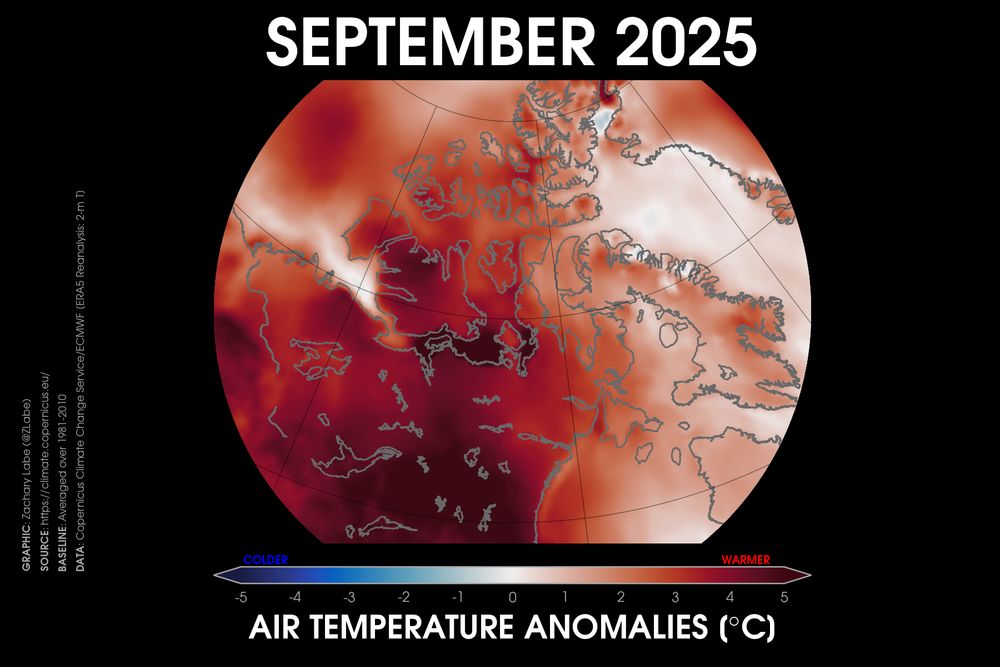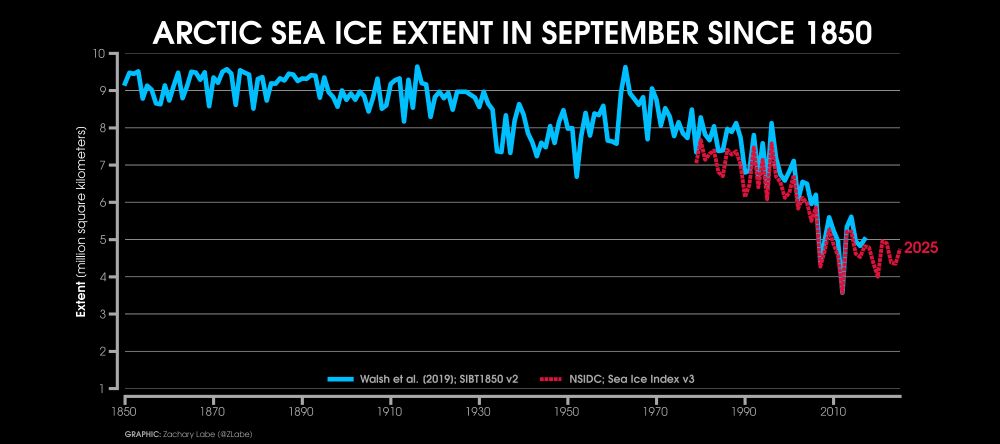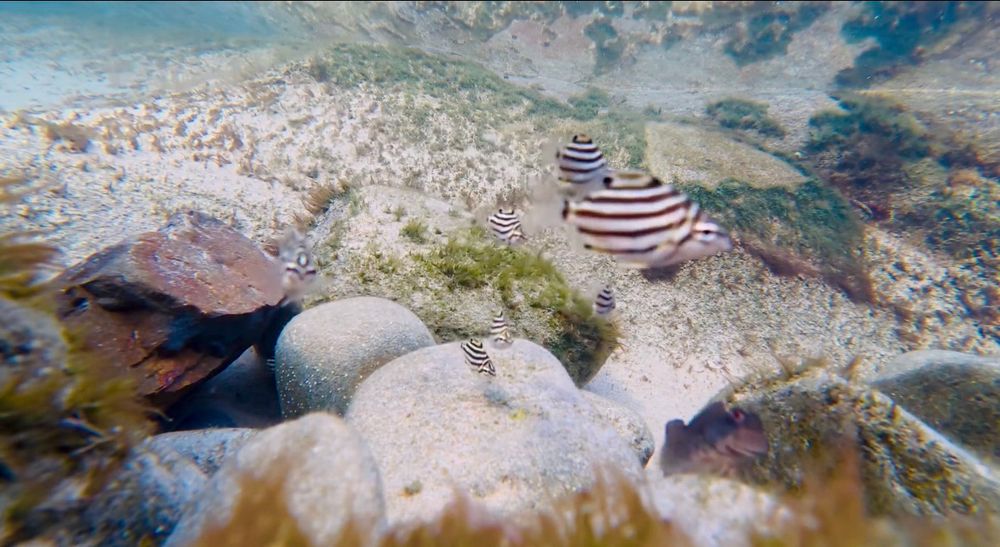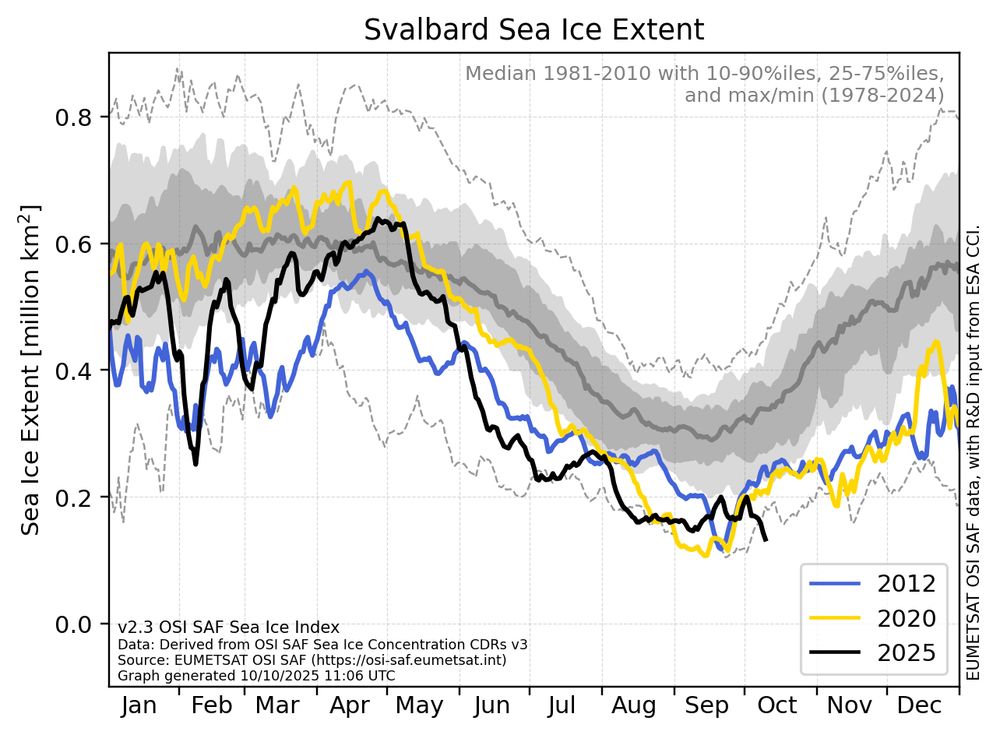Dr. Nina Davtian (she/her/hers)
@ninadavtian.bsky.social
3.9K followers
2.1K following
550 posts
@cnrs-insu.bsky.social researcher at @climatecerege.bsky.social.
Using biomarkers to study climate, ocean, and environment of the past.
@icta-uab.bsky.social alumna.
ORCID: https://orcid.org/0000-0002-3047-6064
🇫🇷 -> 🇪🇸 -> 🇫🇷
Posts
Media
Videos
Starter Packs
Pinned
Reposted by Dr. Nina Davtian (she/her/hers)
Reposted by Dr. Nina Davtian (she/her/hers)
Reposted by Dr. Nina Davtian (she/her/hers)
Reposted by Dr. Nina Davtian (she/her/hers)
Reposted by Dr. Nina Davtian (she/her/hers)
Reposted by Dr. Nina Davtian (she/her/hers)
Reposted by Dr. Nina Davtian (she/her/hers)
Reposted by Dr. Nina Davtian (she/her/hers)
Reposted by Dr. Nina Davtian (she/her/hers)
Reposted by Dr. Nina Davtian (she/her/hers)
Reposted by Dr. Nina Davtian (she/her/hers)
Reposted by Dr. Nina Davtian (she/her/hers)
Reposted by Dr. Nina Davtian (she/her/hers)
Reposted by Dr. Nina Davtian (she/her/hers)
Reposted by Dr. Nina Davtian (she/her/hers)
Reposted by Dr. Nina Davtian (she/her/hers)
Reposted by Dr. Nina Davtian (she/her/hers)
Reposted by Dr. Nina Davtian (she/her/hers)
Reposted by Dr. Nina Davtian (she/her/hers)
Reposted by Dr. Nina Davtian (she/her/hers)
Reposted by Dr. Nina Davtian (she/her/hers)
Reposted by Dr. Nina Davtian (she/her/hers)
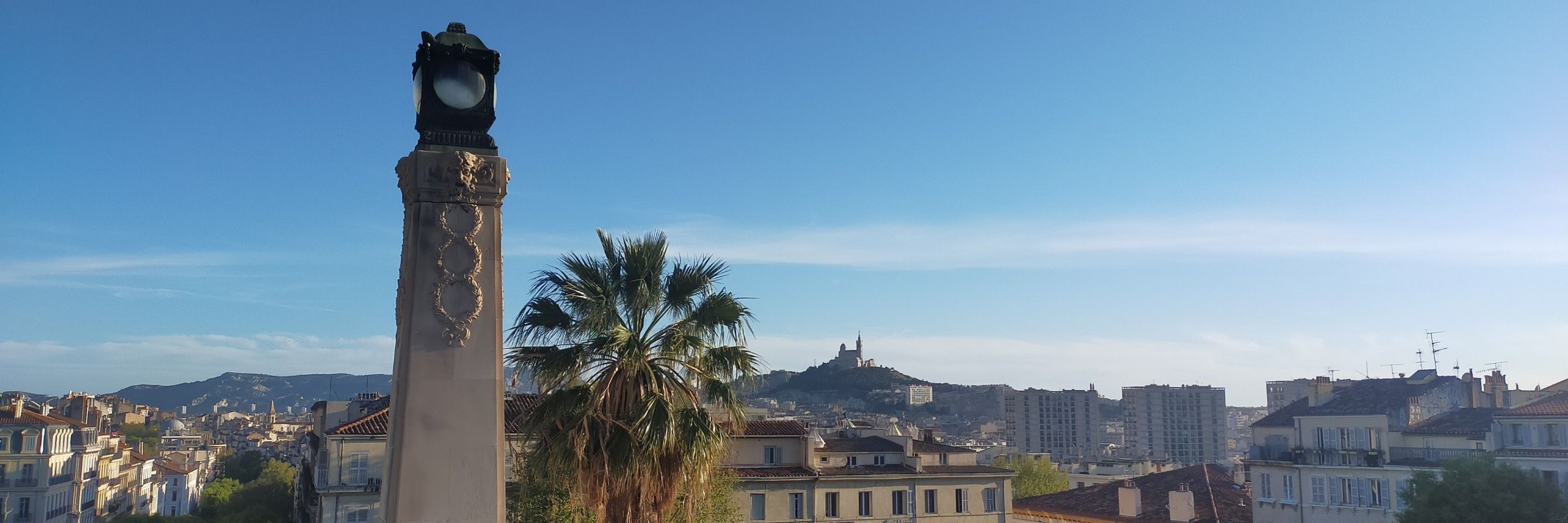



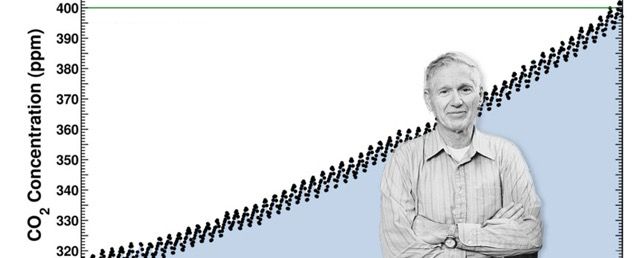
![Screenshot that says "August 2025 Monthly Update [September update delayed due to US Govn’t shutdown resulting in unavailable data]"](https://cdn.bsky.app/img/feed_thumbnail/plain/did:plc:nipoqrw2c5olbwkhy3bqxkiy/bafkreif5cerl2hdakserry7e5par5uydnhha2zqyks6owuhejrlbpuwyfq@jpeg)
